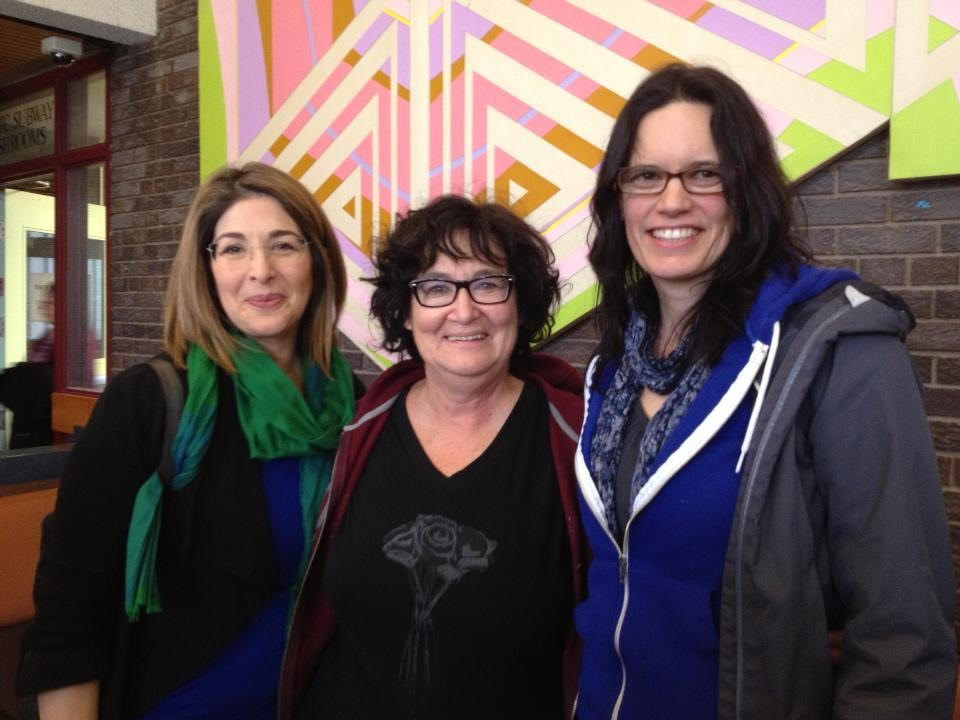
Nana Moore loves being creative.
However, her Ghanaian upbringing compelled her to do something more ‘traditional and stable’. Now as a CPA and professional finance director, her ‘traditional’ work couldn’t be further from creativity.
But once afflicted with the creative itch, it stays there, eager to resurface at the slightest opportunity. So it should come as no surprise that Nana found a way to channel her creative energy by starting her own enterprise. That was a nerve-racking and scary decision for this thirty-something year-old sole proprietor.
The Ops Collective, founded in 2016, is an online, virtual business management and marketing services company that helps build brands via the creation and management of high impact content for social media. Their specialty? Creating content and amplifying brands on Instagram and TikTok. “Even though I have held big leadership roles for corporations, I’ve always been behind the scenes,” says Moore. Now that she has found an outlet for her creative energy, she feels more alive. Her own business allows her to socialize with others on a different level than in her current role as finance director. Plus, creating virtual enterprise is relatively easy. “The Internet has changed the way you can build your business. “The internet has changed the way you can build your business. It’s no longer about just handing out flyers or posting random billboards. Businesses with a zero-marketing budget can now build an online following of loyal customers through social media and brand influencers.”
Minimum overheads, maximum reach
For Moore, keeping overheads down by designing and implementing a frictionless, flow-based business model and finding clients are critical factors for a successful business. Moore launched her virtual business management enterprise on Facebook and found it was a fast and easy way to line up clients and find exceptional contract talent, no matter where either lived in the world. ““Fortunately, an online service business doesn’t need much money upfront”, says Ms. Moore. “I’ve never taken out a loan or brought in investors. I’ve used the money earned from my corporate roles to fund my business and continually reinvest revenue generating back into the company.”
The Ops Collective is based on horizontal leadership, empowered by the collective energies and talents of its core team. To ensure everyone operates on the same page, Moore makes sure they are clear on the mission, vision, operating values and work ethic expected of them. When there is a spike in the workload, she takes on additional operational, financial and leadership work.
Moore also reaches out to her peers for support. This includes participating in coffee chats with other online business managers, exchanging insider information about onboarding talent, setting up proposals and hiring business coaches.
Women helping women
Moore works to provide income opportunities for other women whenever possible. She is clear in her definition of feminism—for me it’s about the ability to be financially independent. “I run my own business, many of my clients are women and I hire other women.” The majority of her women clients came to her through referrals. “When you do good work your clients will tell other people about you.” Moore also works with talented women lawyers who have introduced her to their networks, opening new doors for her. Her clientele is almost entirely based in the U.S.
Managing Growth
As the company took off, she realized early on that she was holding the company back because everything came back to her, slowing down the entire process. She was overwhelmed with client calls, strategizing, dealing with subcontractors and liaising with various people. She realized she needed to reassess how she wanted her business to run. So, she applied to-and was accepted-by Canada’s first feminist accelerator program for women in digital media operated by the Canadian Film Centre. Mentors at Fifth Wave helped her pivot to design a more sustainable model. She also focuses more on strategy and creative vision as a founder—no more micro-managing. “This year was all about spreading the autonomy, re-pivoting and changing the business model.”
Moore’s lived experience and background in finance and operations sets her apart from other service providers in this space. This enables her to look at the big picture, while also being detail oriented. Further, The Ops Collective doesn’t only look at social media opportunities for clients; they also identify gaps and suggest ways to improve operations across the entire ecosystem of a company.
Activism makes for better business
Due to the pandemic, domestic violence and homelessness have been on the rise. “As a brand we have a critical role to play in tackling domestic abuse and homelessness in Toronto. I want us to be known as a company focused on creating educational programs with a heavy emphasis on community building.”
Currently, she is working on a course which will allow her to offer virtual assistance to women in shelters and help them make money online. “Often women who experience domestic violence can’t leave because of money. If we can show them how to manage their money, it can help them in their dark times.” She wants to use the profits generated for programs and sponsorships for abused and homeless women. “That’s the reason why I started the company. My calling is to help people and impact lives on a more meaningful and deeper level than my corporate roles permit.”
As a mother with a young son, Moore also wants to support programs for boys because she believes that young boys can get lost in today’s world and are in urgent need of mentorship.
She believes today’s youth look for instant gratification, making patience a much-needed virtue for this demographic. What is her advice to restless Gen Z? “Just start. Try to avoid the comparison trap. Believe that you are worthy of achieving great things. From there, just keep providing value year after year. Keep at it. Persist. You’ll get to where you’re looking to go.”
Her own life lessons came from her mother, whom she considers to be her biggest influence and inspiration. Her mother’s advice has been invaluable: “When confronted with animosity, don’t fight evil with evil” and “You can’t be the same as your White counterparts; you need to be better. You need to be perfect.”
However, life has taught Nana that the relentless pursuit of perfectionism can slow you down, and she wants to change that. “The need for everything to be perfect holds you back,” she says. However, she will continue to pursue excellence. Being black, she was raised to have a sense of excellence. This has compelled her to work harder and learn more. “I used my multifaceted ethnic and cultural background to my advantage”.
The future is packed with plans
Topping the to-do-list is the need to market intensely to bring in more clients. She also wants to bring in more freelancers to work on a consistent basis and provide them a better contract and higher rates. Plan No. 2 is to put her finance background to better use by starting courses to help others get a better understand of finances. Metrics are important to her, so she will measure the number of women participating in free programs along with the dollar amounts collected and donated to community initiatives like women’s shelters.”
“I’m a busy brain person,” says Nana. Yet, she also realizes you can’t get better at something when pulled in different directions. “This year, I am also thinking about how to further build our own online presence. The business has thrived for years off referrals but to take it to the next level we’ll need to be more proactive in marketing the brand online – like we do for our own clients.”
She also makes time to read. A book she highly recommends is Stealing Fire: How Silicon Valley, the Navy SEALs, and Maverick Scientists Are Revolutionizing the Way We Live and Work by Steven Kotler. She’s also trying to find time to read the other two books currently vying for her attention: Venture Deals and Traction. Despite her vigorous schedule, she’ll make the time. No doubt.
Follow @OpsCollective on Instagram.
Publishers Note: The OPS Collective is a part of the Fifth Wave, a year-round program offered by CFC Media Lab and its partners to support the growth and development of women entrepreneurs in the digital media sector in southern Ontario. All enterprise founders in the Fifth Wave community are selected for both their potential and commitment toward weaving intersectional feminist ideals of equity and fairness into sustainable and scalable business growth strategies. Fifth Wave Initiative is committed to 30% participation by members of underrepresented groups. The Fifth Wave is a LiisBeth ally sponsor at the Lighthouse level. Applications for Cohort 4 are open. Apply her
Related Reading

This Woman Rocks
A mining company tried to force Sabrina Dias out. Rather than leave the sector, she set up her own shop, determined to help a laggard industry have a more sustainable future.

Lessons From Women Who Start Up and Slay
Six diverse entrepreneurs dishing on their six unique journeys creates one inclusive event. Find out what Bee Quammie learned by being there.

Get (More) Shit Done: Outsource to Level Up Your Entrepreneurial Game
Katrina McKay didn’t set out to start an outsourcing business but a desire to create abundance for others led her there.




















